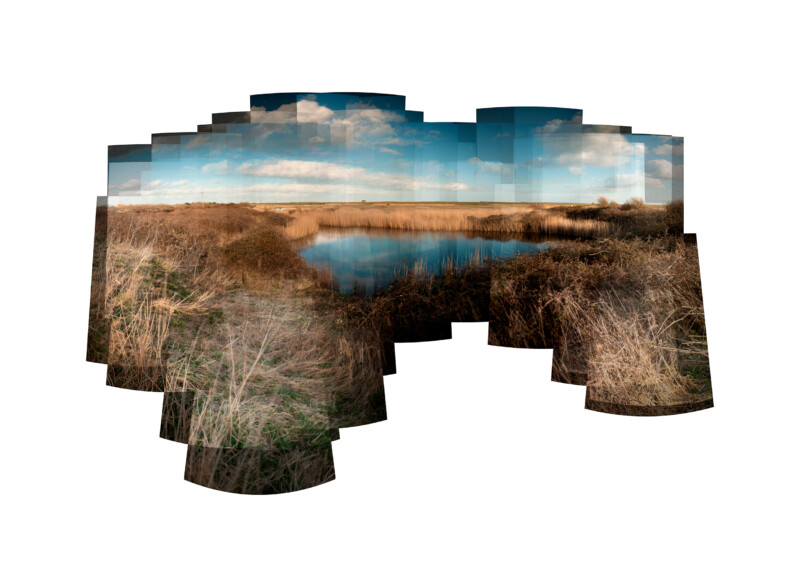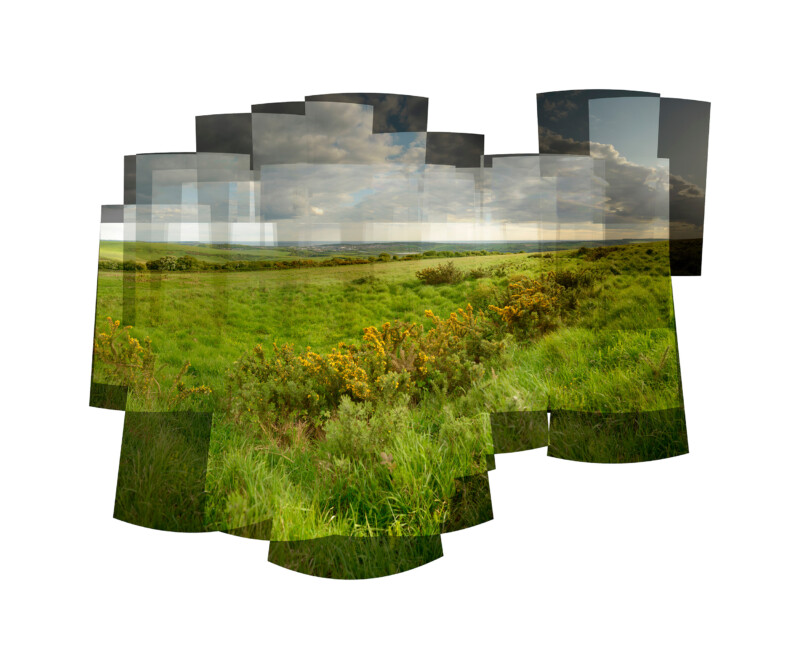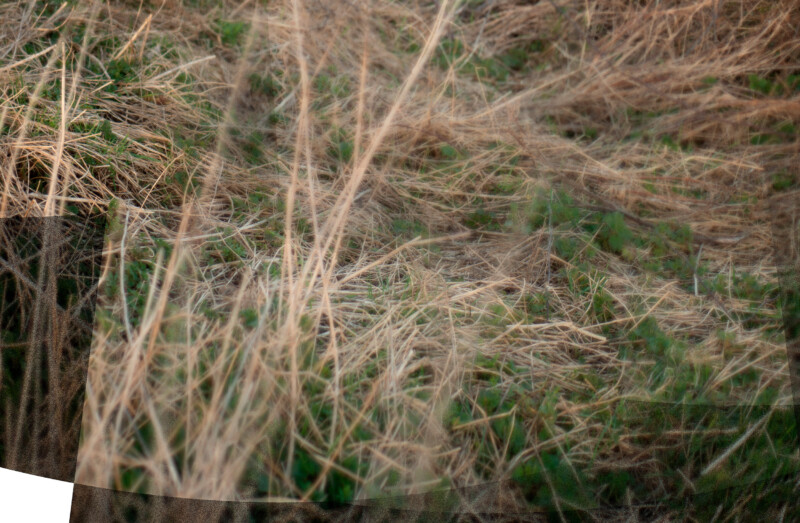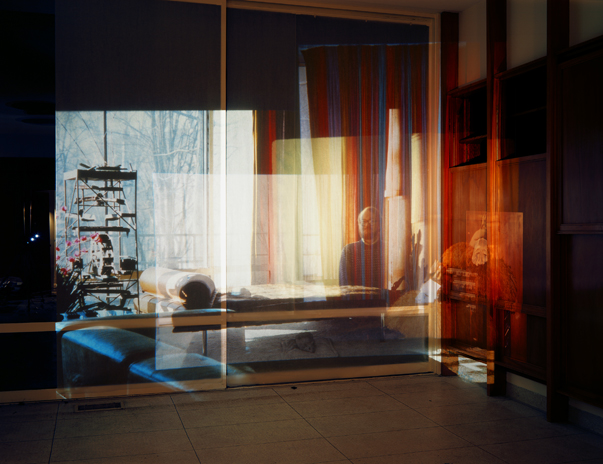Giles Stokoe
180 Seconds of Forever
The roots of this project came from a desire to understand why, while roaming countryside in the UK and abroad, I feel inexplicably drawn to some landscapes and not to others. Even living for 13 years in rural France I never felt that the mud was ever “my” mud in the same way as in Sussex where I had only lived for 4 years. The exploration has taken me through Environmental Evolution, Soundscape Ecology, and now, how changing landscape use affects our wellbeing as Pleistocene animals living in the Anthropocene.
Understanding our immediate environment is a complex process, built up from fragments of information as our eyes visit and revisit what we see, overlaid by what the soundscape tells us about the unseen ecology. Our experience is not indexical; it is the memory of fleeting bursts of attention accumulated over time.
Photography is lauded for its indexicality, but I have chosen to challenge this with a complex sequence of statistical layering and degrading, recording sound and images intuitively as I react to the locations over time. The world is represented not as a rectangular spacial ideal, but an untidy temporal accumulation, often disturbed by the evidence of our own presence, evidence the landscape can communicate to the viewer through my imagery and accompanying 180 second soundscapes. Every pixel of a print presents unedited image data, raw from the camera, but the adjacent pixel might be from another image: from the identical perspective but with different exposure or focus.
A few influences: The first would be Augusta Wood’s series I Have Only What I Remember (2009-2011), where Wood shut herself into the empty home of her dead grandparents for one month with only five slide projectors, a box of old family photographs and her camera, and projected layers of archive photographs over the now empty interior spaces, re-photographing the results. The intensity of Wood’s experience, visiting and revisiting the irregular compound images as she constructed them, is something that I wanted to bring to my work. I also desire to convert the still image into a temporal experience, and for that, the great Victorian panoramic paintings were an influence. Over 100 meters long, and wrapped around the internal walls of purpose built circular buildings they have been called 19th Century precursors to virtual reality, but their influence is more nuanced than that. Their purpose is narrative but they are still images. Unlike film, even, the viewer’s gaze has to visit and re-visit the image to build up a conceptual whole. Finally, Hockney’s “Joiner” images from the early 1980s will inevitably be a comparison. But with these, Hockney was primarily concerned with forcing his own changing perspective on the viewer, rather than allowing a landscape to gradually reveal itself.



Each image is painstakingly build up from over 100 images, which are overlaid in such a way that every pixel is a faithful, unaltered rendition of a pixel from one of the stack of images, but adjacent pixels might come from other images in the stack. Each component forms part of the image, but its relationship to the whole is ambiguous.




Contact Giles Stokoe
- giles@stokoe.co.uk
- Website
- https://stokoe.co.uk
- https://www.linkedin.com/in/giles-stokoe-3667221b/
- @gilesstokoe
- Note
- Please contact me on the above details to arrange a Skype or WhatsApp video call.